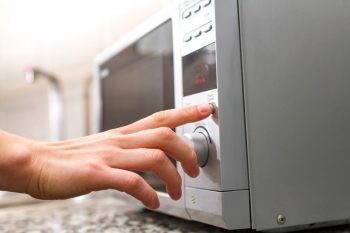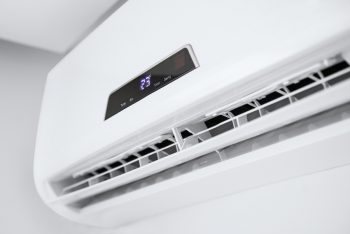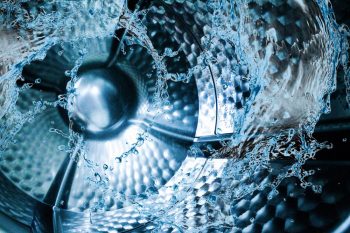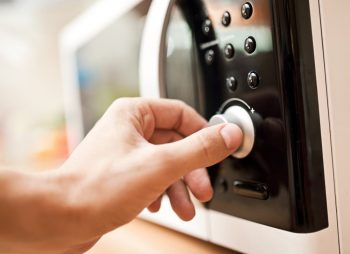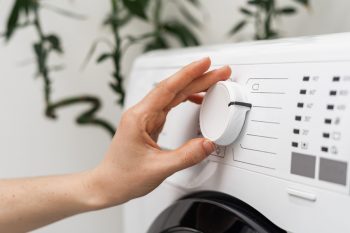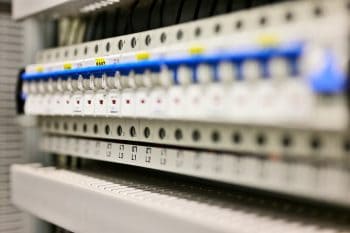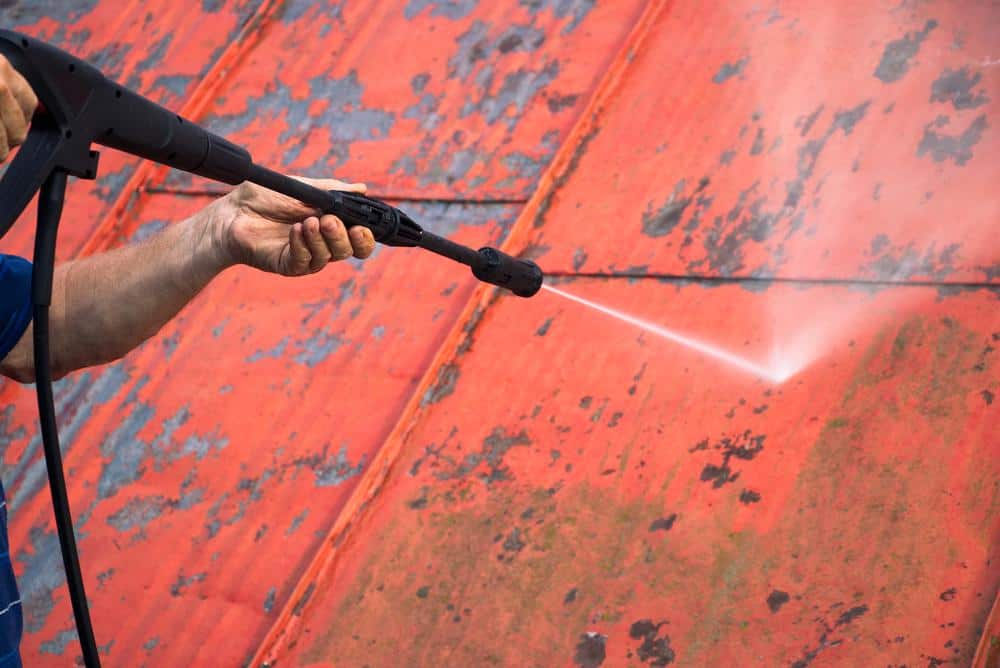
Electric pressure washers are versatile cleaning tools that can handle a variety of outdoor cleaning tasks, from washing cars to cleaning patios and decks. However, to get the most out of these machines and ensure their longevity, it’s important to know how to use and maintain them properly. In this comprehensive guide, we’ll walk you through everything you need to know about using an electric pressure washer.
To use an electric pressure washer, first set it up by connecting it to a water supply and a power source, and attaching the high-pressure hose and gun assembly. Choose the appropriate nozzle for your task and turn on the water supply. Plug the washer into a grounded outlet and turn on the motor. Always wear protective gear and never point the washer at people or animals. Adjust the pressure as needed for different tasks. After use, clean the pump and detergent intake, and check the O-rings and connections regularly.
What is an Electric Pressure Washer and How Does It Work?
An electric pressure washer is a high-pressure mechanical sprayer that uses an electric motor to power a water pump. It is designed to remove dirt, grime, mold, and other contaminants from various surfaces and objects, such as buildings, vehicles, and concrete surfaces. The electric motor accelerates the water to high pressure, and then the water is squirted through a hose at high speed using a trigger gun.
The main components of an electric pressure washer include the water inlet, electric motor, high-pressure hose, and trigger gun. When the electric motor is turned on, it drives the water pump, which draws water from the water inlet and accelerates it to high pressure. The water then flows through the high-pressure hose and is released through the trigger gun when the user presses the trigger.
Setting Up Your Electric Pressure Washer
Before using your electric pressure washer for the first time, you’ll need to set it up correctly. Here’s how:
- Place the pressure washer on a flat surface.
- Check the water strainer to ensure it’s free of debris.
- Connect a garden hose to the washer and the other end to your water supply.
- Connect the high-pressure hose to the water outlet on the pressure washer.
- Attach the gun assembly to the other end of the high-pressure hose.
- Select the appropriate nozzle for your cleaning task and install it on the gun assembly.
- Turn on the water supply to the pressure washer.
- Plug the pressure washer into a properly grounded outlet and set the GFCI.
- Turn the switch on the motor to the “ON” position.
Before using the pressure washer, squeeze the trigger on the gun to release any excess air and prime the system.
Using Your Electric Pressure Washer Safely
Safety should be your top priority when using an electric pressure washer. Here are some key safety measures to keep in mind:
- Always wear protective gear, including goggles, closed-toe shoes, and gloves.
- Never point the pressure washer at yourself or others.
- Keep the pressure washer away from electrical outlets and connections.
- Maintain a clean work area to prevent slips and falls.
- Always follow the manufacturer’s safety instructions and guidelines.
Adjusting Pressure Settings
Most electric pressure washers allow you to adjust the pressure to suit different cleaning tasks. Here’s how:
- Locate the pressure adjusting knob or valve.
- Turn the knob or valve clockwise to increase the pressure and counterclockwise to decrease it.
- Use a pressure gauge to ensure the adjustments are having the desired effect.
- Test the pressure washer after making adjustments and fine-tune as needed.
Troubleshooting Common Issues
If you encounter issues while using your electric pressure washer, here’s how to troubleshoot:
- Check the power source and ensure the washer is receiving electricity.
- Inspect the water supply and check for any clogs in the inlet filter, hose, or wand.
- Clean the nozzle if water isn’t spraying out of the trigger gun.
- Inspect the hose and connections for wear and tear.
- Check the motor or switch if the motor isn’t turning on.
Maintaining Your Electric Pressure Washer
Proper maintenance can extend the lifespan of your electric pressure washer. Here are some maintenance tips:
- Check the O-rings and connections regularly.
- Clean the pump after each use.
- Clean the detergent intake after using the pressure washer.
- Use the recommended detergent for your pressure washer.
- Store the pressure washer properly to prevent damage.
By following these tips and guidelines, you can use and maintain your electric pressure washer effectively and safely. Happy cleaning!
Frequently Asked Questions
What type of detergent should I use with my electric pressure washer?
The type of detergent to use depends on the model of your electric pressure washer. Always refer to the user manual for the manufacturer’s recommendations. Generally, it’s best to use a non-corrosive and eco-friendly detergent that’s specifically designed for pressure washers.
How often should I clean the pump of my electric pressure washer?
It’s recommended to clean the pump after each use to prevent the buildup of dirt and grime, which can cause damage over time.
What should I do if my pressure washer is not producing enough pressure?
If your pressure washer is not producing enough pressure, check to ensure there are no clogs in the hose, wand, or inlet filter. Also, make sure you’re using the correct nozzle for your cleaning task. If these steps don’t resolve the issue, it may be time to consult with a professional.
Can I use hot water with my electric pressure washer?
Most electric pressure washers are designed for cold water use only. Using hot water can damage the pump. Always check the user manual to confirm.
How should I store my electric pressure washer?
Store your electric pressure washer in a dry, clean location, away from extreme temperatures. It’s best to drain all water and disconnect all hoses before storage. Also, cover the pressure washer to protect it from dust and debris.


